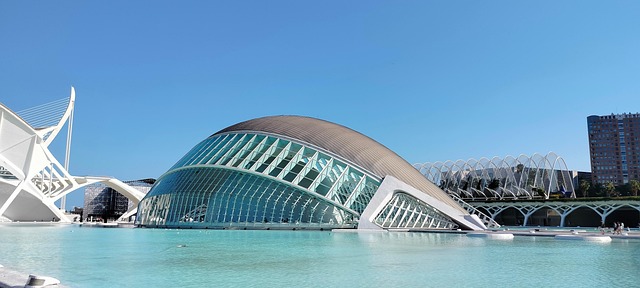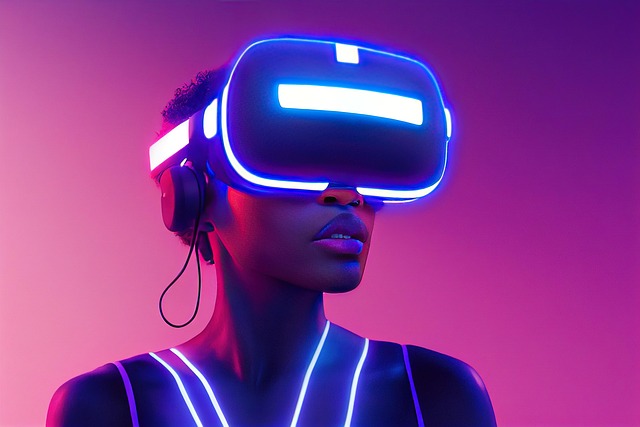The concept of an immersive school is no longer just a futuristic vision; it’s rapidly becoming our reality. As technology continues to evolve, the classroom of tomorrow is shaping up to be more engaging, interactive, and insightful, thanks to the integration of Virtual Reality (VR), Augmented Reality (AR), and the Metaverse.
Virtual Reality: A New Dimension of Learning
Imagine a classroom where students can explore the depths of the ocean, walk with dinosaurs, or even travel back in time to witness historical events firsthand. With Virtual Reality, this is not just a dream, but an achievable experience. VR allows students to immerse themselves in environments that are otherwise unreachable, elevating their understanding through experiential learning.
When learners don VR headsets, they step into an alternate universe where they can interact with 3D models, manipulate objects, and undertake adventures that bring educational concepts to life. This level of engagement not only enhances retention but also fuels curiosity. Students are no longer passive recipients of information; they become active participants in their learning journey.
Augmented Reality: Enhancing the Everyday Classroom
On the other hand, Augmented Reality takes the existing world around us and enhances it with digital overlays. Imagine a biology class where students can see a 3D model of the human heart hovering above their desks, allowing them to study its anatomy and functions in a fascinating new light.
With AR, textbooks can transform into interactive experiences. When students point their device at a page, animations and information can spring to life, offering a deeper, multi-layered understanding of complex subjects. This immediate feedback and interaction create a classroom environment that is dynamic and stimulating, encouraging students to engage further with the material.
Metaverse: A Community of Learning
But what if we integrated all these immersive technologies into a communal space? Enter the Metaverse—a virtual universe that transcends physical boundaries and brings learners from around the globe together. In the Metaverse, students can attend classes in digital campuses, meet peers, collaborate on projects, and participate in simulations that require teamwork and critical thinking.
This virtual space fosters an inclusive environment where students can learn at their own pace and in their unique styles. It prepares them for a globalized world, instilling skills like adaptability and cross-cultural communication that are vital for future success. Moreover, in a Metaverse classroom, educators have the opportunity to tailor experiences to meet diverse learners’ needs more effectively than ever before.
The Emotional Connection to Learning
The integration of VR, AR, and the Metaverse in an immersive school not only enriches the educational landscape but also fosters a deeper emotional connection to learning. Students are more likely to feel excited about subjects that come alive in ways they can see, touch, and manipulate. This emotional engagement is crucial in building a love for learning, encouraging students to pursue knowledge beyond the confines of the traditional classroom.
As we look ahead, embracing the promise of immersive technologies in education unlocks endless possibilities. The future of learning is not just about acquiring knowledge; it’s about experiencing it in vibrant, tangible ways that resonate with every learner. With the world evolving so rapidly, positioning ourselves for this transformative shift is a step toward creating a generation that is not just educated but inspired to innovate and explore.



